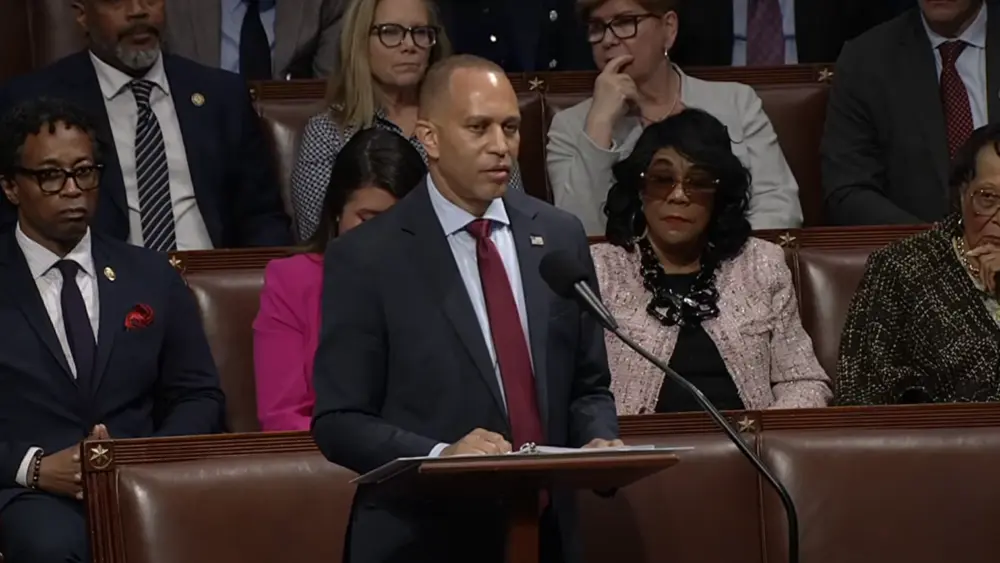(The Center Square) – The U.S. Department of Defense missed a deadline to provide Congress with a report on the feasibility of privatizing barracks.
A U.S. Government Accountability Office director highlighted the importance of the report and the missed deadline at a House Armed Services Committee panel hearing that detailed health and safety problems at military barracks, including sewage backups, mold, rodent infestations and inoperable fire safety systems. Conditions were so bad in some places that service members sometimes took “drastic action, such as getting married, just to leave the barracks,” according to the report. Hundreds of thousands of U.S. troops live in barracks, which are for the most junior-ranking unmarried service members without children or other dependents.

The privatization feasibility report was required as part of the National Defense Authorization Act for Fiscal Year 2023, which provided $838.8 billion in military funding to the Pentagon. It was due in July. But Elizabeth Field, director of Defense Capabilities and Management for the Government Accountability Office, told the House Armed Services Committee panel that the Department of Defense has yet to provide a time table for completing the report.
“We could not get any clear information from the department on when it will be delivered,” she said.
Most other military housing in the U.S. was privatized over the past three decades.
In the mid-1990s, the Department of Defense worried that inadequate housing was one reason people were leaving the military. Congress passed the Military Housing Privatization Initiative in 1996. That gave the Pentagon the authority to use private-sector financing and management.
Since then, the private sector has taken over about 99% of military family housing in the U.S. By contrast, the Army and Navy have seven privatized barracks projects, according to the Government Accountability Office report. The rest of the barracks are owned and operated by the military services. Those living in privatized barracks “consistently told [the GAO] they were satisfied with the condition of their housing,” according to the Government Accountability Office report.
Problems with privatized military housing have been reported as well, including poor housing conditions, according to previous Government Accountability Office report.
“A few years ago, we saw similar conditions in private family military housing,” U.S. Rep. Don Bacon, R-Neb., said. “Families dealt with long delays in repair and maintenance requests or requests that were not responded to at all, children were getting sick from mold and lead paint, and members feared retribution from private companies if they complained to their command. This situation required extensive Congressional action to make improvements to these conditions.”
Previous efforts to evaluate the feasibility of privatizing barracks weren’t comprehensive or “sufficient for decision-making,” according to the most recent Government Accountability Office report.
“From 1997 to 2011, the services conducted several assessments of the costs and suitability of privatization as a financing method for their housing needs for unaccompanied personnel,” according to the report. ” … Because the military services used different methods, such as business case and life-cycle cost analyses and different assumptions about how repairs and upkeep for housing would be funded, the services reached different conclusions about the potential for cost savings from using either privatization or the traditional government-funded military construction approach.”
The Army concluded that privatization was feasible, but more costly in most cases. The Navy concluded that privatization was feasible in certain locations. The Air Force and Marine Corps concluded that privatization was “not desirable for housing unaccompanied personnel,” according to the report.
But privatization hasn’t gone away.
Officials from the Office of the Secretary of Defense told the Government Accountability Office “they found the idea of privatizing barracks appealing, but also had questions about the feasibility of doing so.”




